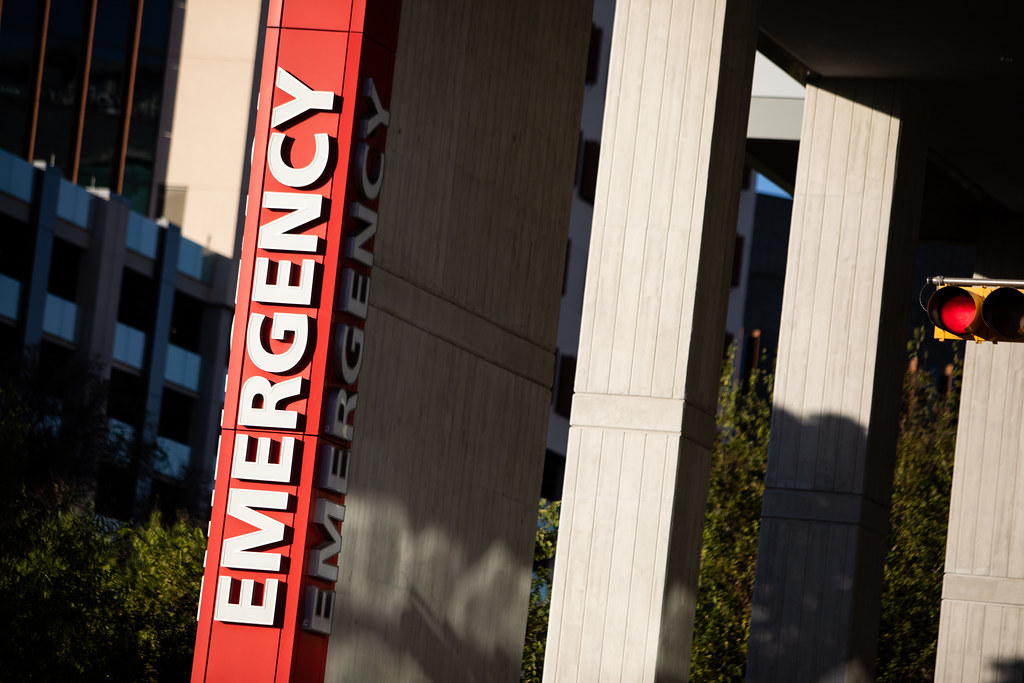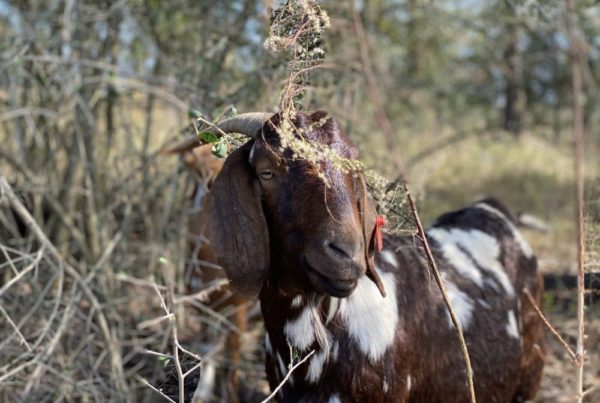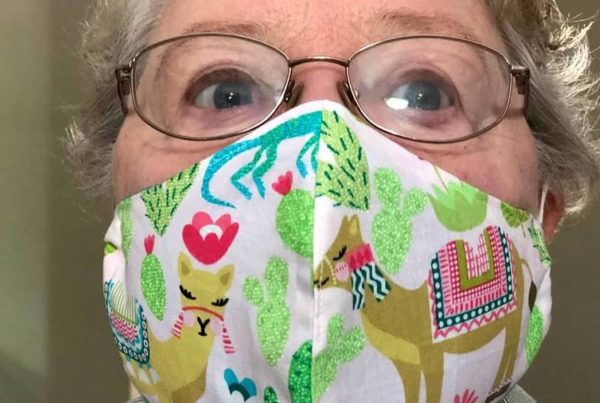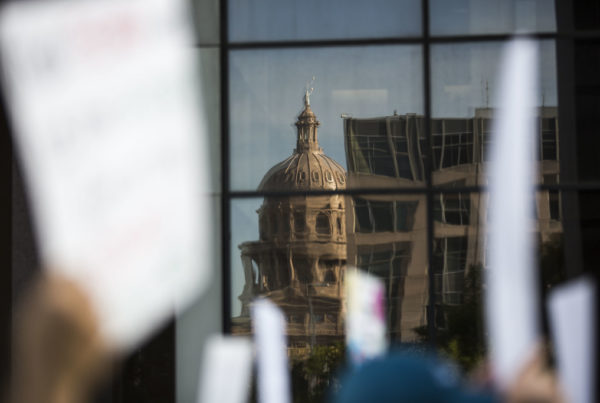The number of COVID-19 cases in rural Texas keeps going up, taxing medical resources and challenging the notion that living in relative isolation protects against the disease.
Four Texas counties – Hale, Maverick, Childress and El Paso – have among the highest rates of coronavirus cases per 1,000 people in the state. Jones and Gray counties are also on The New York Times list of top 10 hot spots for the highest number of recent cases per capita.
The Texas Standard spoke with three people who are working to slow the pandemic’s spread in rural Texas.
Terry Scoggin is CEO of Titus County Regional Medical Center in Northeast Texas. He says coronavirus cases are on the rise across the five counties his hospital serves.
“We see continual increases from what we saw in September,” Scoggin said.
In West Texas, Lorenzo Serrano said September marked a low point for COVID-19 cases; but they’ve been on the rise ever since. Serrano is the administrator of Winkler County Hospital. He said the trend is also upward in Midland, Odessa and Lubbock.
Dr. Ivan Melendez is Hidalgo County’s health authority. The death rate from COVID-19 in that Rio Grande Valley county has been in the double-digits per day, he said. But rates of hospitalizations and deaths were far higher in July, when his service area reached a peak.
“Without a doubt we learned from our experiences, so, in reference to treatment, now we know what we didn’t know back then – the use of steroids, anticoagulants, delayed use of ventilators, early use of plasma were all extremely helpful,” he said.
Though he is encouraged by news of a possible vaccine, Melendez said people need to stay on guard by wearing masks and practicing social distancing.
In the Rio Grande Valley, the population’s existing “poor state of health” even before the pandemic has helped the virus spread. Plus, a widespread lack of health insurance there compounds the problem.
“I think that we, in the long-run, had not established a good primary care source for all of our community,” he said.
Scoggin agrees that poor health and high numbers of uninsured residents have contributed to his region’s overall struggle with COVID-19. And, he says, his facility is full; sending patients to other communities isn’t possible because those hospitals are also at capacity.
“Shipping a patient that’s very, very sick that we cannot handle is gong to be difficult,” he said.
Serrano said the economic impact of COVID-19 hit the energy sector that sustains West Texas, as well as his hospital.
“At the hospital, we’ve seen a 26% decrease in revenue since March,” he said, “with regional providers in the area reporting similar, if not even higher increases.
Serrano said his facility, with 90 total staff members, five of whom had COVID-19 at one point, is shorthanded. He said taking precautions against the virus, like wearing masks, is important for all.
“I don’t think that wearing a mask is a big ask,” he said. “And I just hope and pray that we can get this vaccine as soon as possible.”
Melendez said COVID-19 has been far more than a logistical challenge; he’s seen fellow medical workers and friends die.
“All our patients are not Social Security numbers,” he said. “They’re real human beings that we see at the cafe, or they’re real human beings that we see at the store, or that we’ve known for many years. For us, we’re past the point of fatigue or exhaustion.”














